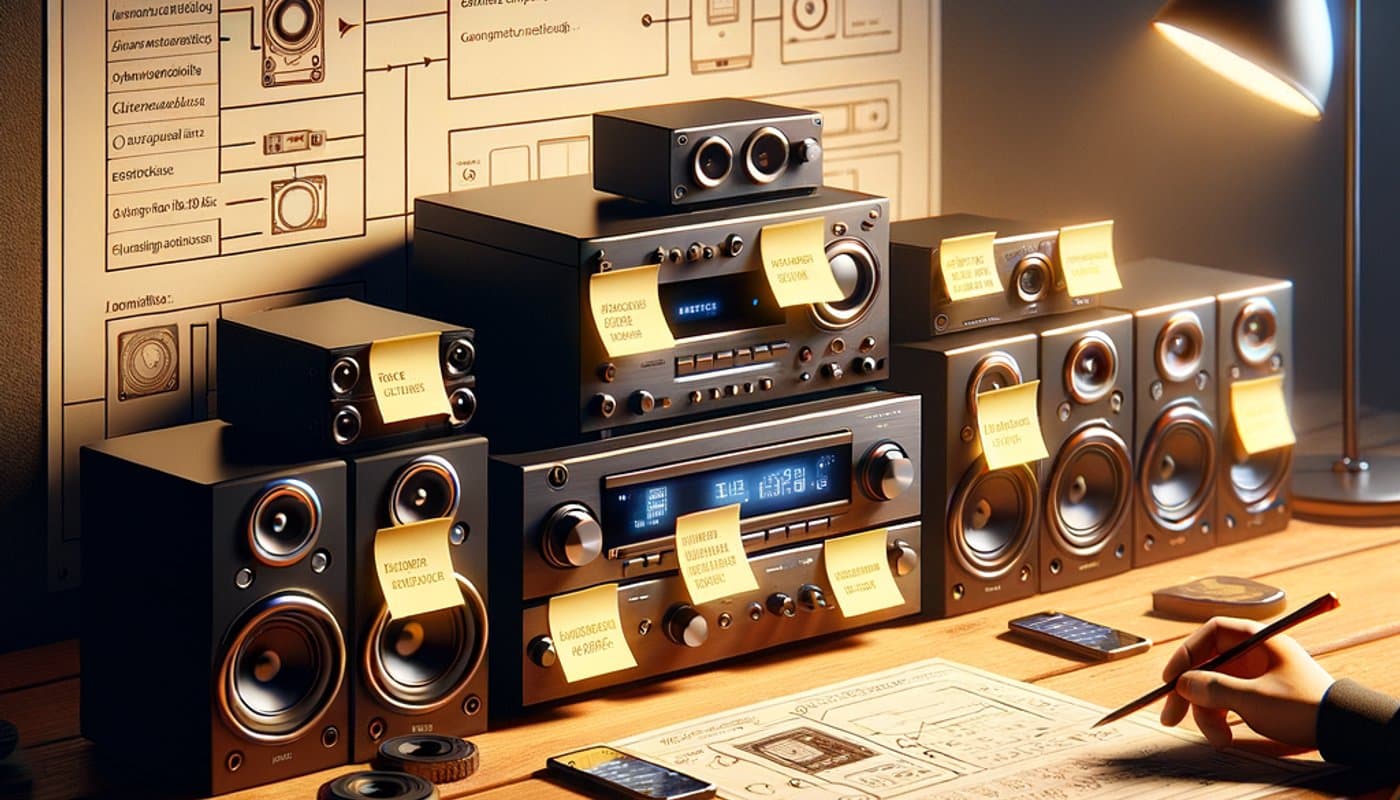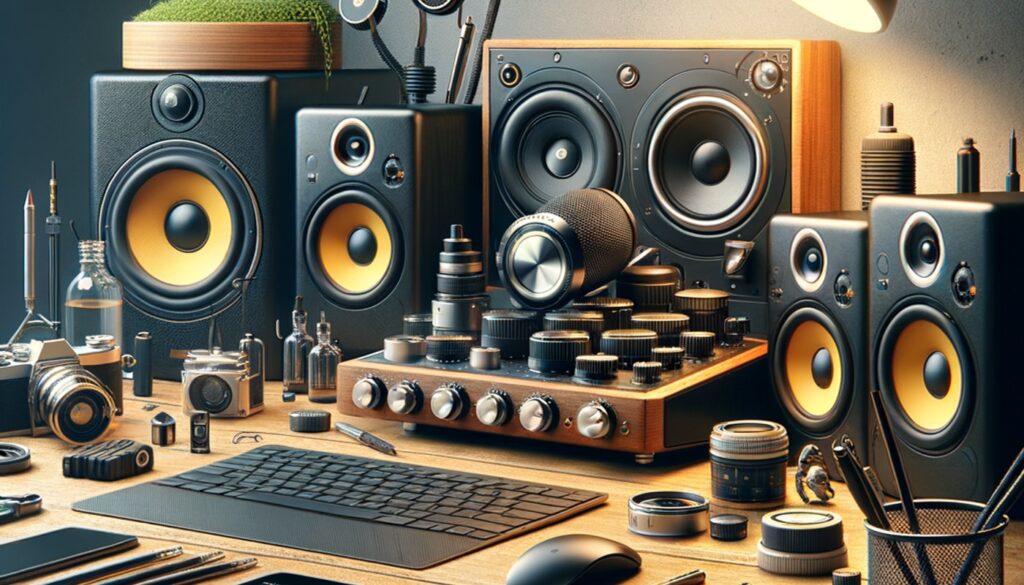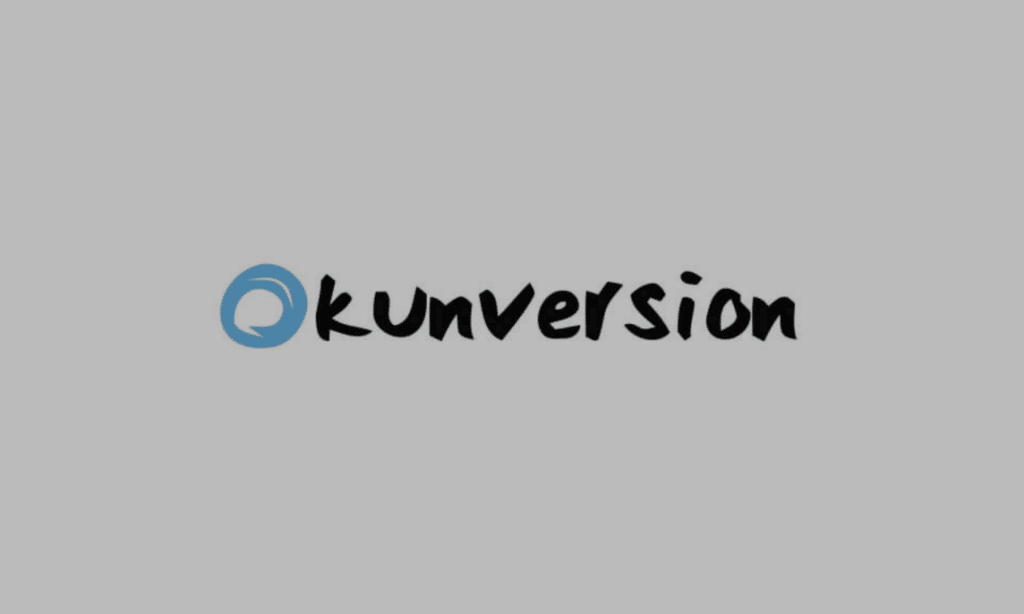Dean Cacioppo’s Expert Guide: Building a Truly Lossless Bluetooth Hi-Fi Audio System
For years, my personal journey into hi-fidelity audio has been a labor of love. It’s driven by a desire for uncompromised sound. I’ve spent decades sifting through marketing claims and technical specifications to find what truly works.
The industry often uses terms like ‘near-lossless’ when discussing Bluetooth audio. These vague promises frequently fall short of true audiophile expectations. This guide cuts directly to the truth, based on my hands-on experience.
In this guide, I’ll demystify the complexities of Bluetooth codecs, device compatibility, and essential components. You’ll get a clear understanding of what’s needed for tangible sonic returns. My aim is to provide pragmatic, no-nonsense advice.
We’ll apply an ROI-focused approach to help you achieve a genuinely lossless wireless audiophile setup. This isn’t about hype; it’s about proven results. You will learn how to get the most out of your audio investment.
The Foundation of Fidelity: Understanding Lossless Bluetooth Audio Codecs
Let’s define “lossless” beyond marketing jargon. For Bluetooth, true lossless means CD-quality audio, which is 16-bit/44.1kHz. Anything less involves a compromise in data integrity.
Common codecs like SBC, AAC, and standard aptX compress audio, losing data in the process. They simply can’t deliver a bit-perfect signal. This is why they fall short for critical listening and true hi-fi.
The Elite Few: Codecs Capable of True Lossless
Only a select few codecs can genuinely achieve lossless transmission over Bluetooth. Understanding these is critical. They form the backbone of any true high-fidelity wireless system.
LDAC: Sony’s High-Resolution Champion
LDAC stands out by transmitting up to 990 kbps, supporting 24-bit/96kHz audio. This capability makes it a top contender for high-resolution sound. It’s a significant leap beyond standard Bluetooth offerings.
To use LDAC, both your source device (often Android phones, some dedicated DAPs) and your receiver (headphones, Bluetooth DACs) must support it. Without end-to-end support, you won’t get the full benefit of its capabilities.
Achieving LDAC’s maximum bitrate requires ample bandwidth and a stable connection. Factors like range and environmental interference can impact performance. Ensure your setup minimizes these obstacles for optimal audio, as I detail in my article on Wadias Impact On Digital Audio.
aptX Adaptive & aptX Lossless: Qualcomm’s Bid for Purity
aptX Adaptive dynamically adjusts its bitrate based on connection quality and content. It can deliver up to 24-bit/96kHz, making it versatile for various listening conditions. This adaptability helps maintain a consistent audio experience.
aptX Lossless is a specific mode within the aptX Adaptive family, designed for bit-perfect CD-quality audio. It guarantees 16-bit/44.1kHz transmission without data loss. This is where Qualcomm delivers on its lossless promise.
To use aptX Lossless, you need devices with compatible Qualcomm chipsets on both the source and receiver sides. This closed ecosystem ensures optimal performance and consistency. Verification is key here to avoid assumptions.
Do not confuse aptX HD with aptX Lossless. While aptX HD offers higher resolution (24-bit/48kHz), it is still a lossy codec. ‘HD’ does not mean ‘Lossless’ in this context; it’s a common misconception.
LC3plus and Auracast: The Future of High-Fidelity Multi-Device Audio
LC3plus is an emerging, highly efficient codec for Bluetooth LE Audio. It holds promise for delivering high-quality audio with lower power consumption. The potential for future lossless capabilities is significant.
Built on Bluetooth LE Audio, Auracast allows a single source to broadcast high-quality audio to multiple devices simultaneously. This technology could redefine shared listening experiences. Imagine pristine audio for an entire room.
These technologies are paving the way for mass adoption of truly lossless Bluetooth audio. As they mature, we can expect more widespread support and even better performance. The future of wireless audiophile setup looks promising and efficient.
Assembling Your Lossless Hi-Fi Wireless System: The Critical Components
The Source: Where Your Pure Sound Begins
Your audio chain begins with the source device. It must be capable of outputting high-resolution audio and supporting the necessary lossless codecs. This is the first critical link in achieving true fidelity.
Android smartphones often feature native LDAC support, making them excellent sources. While newer iPhones prioritize high-quality AAC, future updates could bring more lossless options. Choose wisely based on your preferred codec ecosystem.
Dedicated Digital Audio Players (DAPs) often provide superior Bluetooth implementations. Many support LDAC and aptX Lossless, offering cleaner signal paths. They are designed for discerning audiophiles who prioritize sound quality.
For computers, a quality USB Bluetooth transmitter (dongle) is essential. Look for models like the Creative BT-W5 that explicitly support advanced codecs. This bypasses your computer’s potentially weaker internal Bluetooth hardware.
Crucially, for a truly lossless chain, your audio files must also be high-resolution. Use formats like FLAC, ALAC, or WAV. You can’t get lossless Bluetooth audio from a compressed MP3 file, regardless of your Bluetooth setup.
The Receiver: Decoding the Digital to Analog Truth
The receiver is where your digital audio signal is converted back into analog sound. This component is paramount for sound quality. It makes or breaks your wireless audiophile setup.
High-Fidelity Headphones with Codec Support
Prioritize over-ear headphone models known for their soundstage, clarity, and quality drivers. Make sure they explicitly list support for LDAC, aptX Adaptive, or aptX Lossless. Quality drivers are the foundation of great sound.
In-ear monitors (IEMs) also offer portable fidelity. Again, check for specific codec requirements to ensure compatibility with your source. Good IEMs can deliver remarkable detail with the right Bluetooth connection.
Examples include many Sony WH-1000XM series headphones, which support LDAC. Brands like Sennheiser and Audio-Technica offer models with aptX Adaptive support. Research specific models to ensure they align with your chosen codec.
Dedicated Bluetooth DACs (Digital-to-Analog Converters)
An external Bluetooth DAC plays a vital role in preserving audio integrity. It bypasses the often-inferior DACs built into headphones or standard receivers. This separation maintains clarity and fidelity.
Look for Bluetooth DACs that explicitly support LDAC and aptX Adaptive/Lossless. Devices like the FiiO BTR series or the Chord Mojo 2 (with its Poly module) are strong contenders. These are purpose-built for high-performance audio.
These DACs allow you to integrate your lossless Bluetooth audio into an existing hi-fi system. Connect them to your amplifier or powered speakers via analog outputs. This provides the flexibility to upgrade your wireless capabilities without replacing your entire setup.
Cables and Connections: Minimizing Signal Degradation
Even in a wireless system, physical connections still matter. Quality USB cables are important for charging and data transfer to your Bluetooth DAC. A solid connection prevents potential power or data integrity issues.
If you’re connecting a Bluetooth DAC to an amplifier or powered speakers, use good quality interconnects. This ensures the pristine analog signal isn’t degraded before it reaches your ears. Don’t compromise on these final links.

Dean’s Practical Playbook: Building and Optimizing Your System for ROI
Step-by-Step System Construction
Start by assessing your current gear. Identify which of your existing sources and receivers are compatible with the lossless codecs you target. This avoids unnecessary purchases and leverages what you already own.
Choose your primary codec: LDAC or aptX Lossless. This decision should be based on your ecosystem, particularly your smartphone and headphone preferences. Consistency across devices is key for reliable performance.
Verification is crucial: Make sure your devices are actually using the desired lossless codec. On Android, you can often check this in Developer Options under “Bluetooth Audio Codec.” Don’t assume; verify your connections.
Configure your settings for maximum bitrate and stability. Many devices allow you to prioritize sound quality over connection stability for codecs like LDAC. Adjust these to suit your environment and listening needs.
Troubleshooting Common Pitfalls and Maximizing Performance
Understand codec fallback. Your device might revert to a lower quality codec if the connection is poor or bandwidth is limited. This is often an automatic safety measure to maintain a connection, but it compromises fidelity.
Minimize interference and range limitations. Keep your source and receiver close, ideally within line of sight. Avoid physical obstructions and other wireless devices operating on the same frequency (e.g., Wi-Fi routers).
Always keep your device firmware updated. Manufacturers often release updates that improve Bluetooth performance, add codec support, or fix bugs. This is a simple, high-impact maintenance step for optimal function.
Budgeting for True Fidelity: Achieving Tangible Sonic Returns
Investing in lossless audio doesn’t have to mean spending a fortune. Prioritize components that offer the best ‘bang for your buck’ in terms of audio quality. Focus on performance over brand name.
Spend wisely. The biggest impact on sound quality often comes from the DAC and the headphones or speakers. Allocate your budget to these critical components first. This delivers tangible sonic returns on your investment.
Conclusion: The Attainable Reality of Lossless Wireless Audio
We’ve cut through the marketing noise to show that a genuinely lossless Bluetooth hi-fi system is not just a dream. With the right knowledge and components, it’s an achievable reality. No vague promises, just facts and a clear path forward.
My commitment is to provide direct, pragmatic, and ROI-focused guidance. My decades of experience inform every recommendation, ensuring you get actionable advice. I want to empower your audiophile journey with proven insights.
Now it’s your turn to experience the difference. Share your lossless Bluetooth setups and discoveries with us. Your insights contribute to the community’s collective knowledge.
For more expert insights into technology, digital marketing, and achieving tangible ROI, explore One Click SEO. We provide the kind of actionable intelligence you need to succeed, always with a focus on measurable results.



